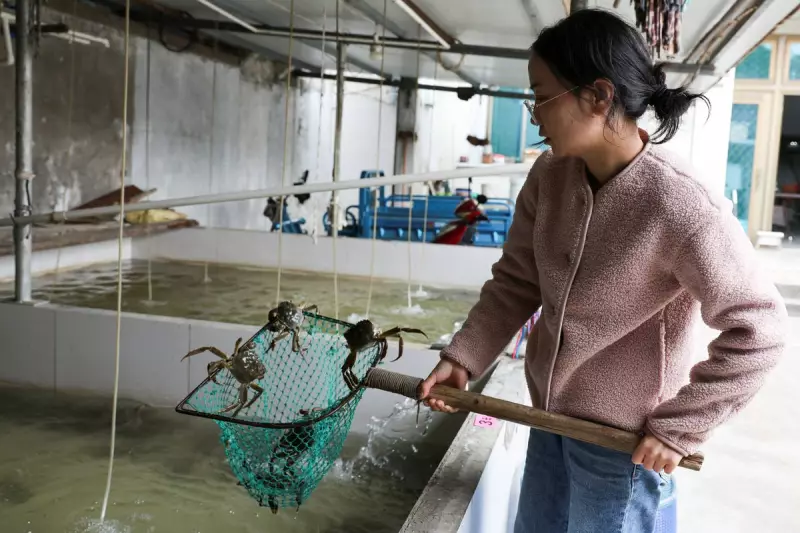
Britain's autumn dining scene faces an unexpected shortage this year as a devastating heatwave in China has wreaked havoc on the country's celebrated hairy crab harvest. The extreme temperatures have caused mass casualties among the crustaceans, threatening the supply of this seasonal luxury to international markets.
Climate Crisis Hits Gourmet Tradition
The unprecedented heatwave that baked eastern China throughout the summer has delivered a crushing blow to aquaculture farms surrounding Yangcheng Lake, the renowned source of the most premium hairy crabs. Water temperatures soared to lethal levels, creating oxygen-depleted conditions that proved fatal for the sensitive crustaceans.
Local farmers report catastrophic losses, with some estimating up to 70-80% of their stock has perished. "This is the worst damage we've seen in decades," one distraught farmer from Jiangsu province revealed. "The crabs simply couldn't survive in such warm, oxygen-poor water."
Supply Chain Shockwaves
The dramatic reduction in supply is already sending shockwaves through global markets. Wholesale prices have surged by approximately 40% compared to last year, with premium specimens commanding even higher premiums. Restaurant owners and specialty food importers are bracing for significant challenges during what should be their peak hairy crab season.
Industry experts predict several consequences for UK consumers:
- Substantially higher menu prices for hairy crab dishes
- Limited availability in Chinese restaurants and specialty markets
- Increased prevalence of counterfeit crabs mislabelled as Yangcheng Lake products
- Shorter seasonal availability windows
Broader Environmental Concerns
This year's catastrophe highlights the vulnerability of traditional food sources to climate change. The hairy crab industry, valued at billions annually, represents just one casualty in a growing pattern of climate-related disruptions to global food supplies.
Marine biologists warn that without significant adaptation measures, such events may become more frequent, potentially transforming seasonal delicacies into increasingly rare luxeries. The situation serves as a stark reminder of how interconnected our global food system has become - and how vulnerable it remains to environmental extremes.
